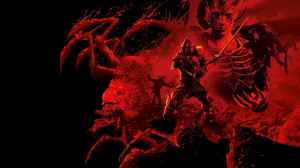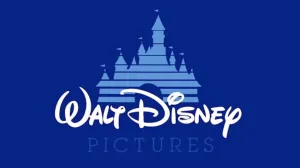The Incredible Hulk, the second Marvel Studios production after Iron Man, brought the Green Goliath into the Marvel Cinematic Universe when it smashed into theaters on June 13, 2008. A reboot of Hulk, released by Universal Pictures in 2003, the Louis Leterrier-directed Incredible Hulk borrowed inspiration from the television series of the same name that starred Bill Bixby and Lou Ferigno. After mild-mannered scientist Bruce Banner (Edward Norton) is exposed to gamma radiation — transforming him into a raging, green-skinned creature with incredible strength — he desperately seeks a cure while hounded by military man Thaddeus “Thunderbolt” Ross (William Hurt) and special-ops commando Emil Blonsky (Tim Roth), who becomes the mutated monster known as the Abomination.
Videos by ComicBook.com
Released some six weeks after Iron Man, which grossed $585 million to become the eighth highest-grossing movie of 2008, the Universal distributed Incredible Hulk opened against M. Night Shyamalan thriller The Happening and topped the box office with $55.4 million in its first weekend. The film finished its original box office run with $263 million, the lowest gross of any movie set in the 23-movie Marvel Cinematic Universe.
“There was a first film that did okay but did not, perhaps, deliver on the promise or expectation of a character based on people’s knowledge of a popular television series or popular comic book series,” Marvel Studios president and producer Kevin Feige said in a 2008 interview, referring to Ang Lee’s 2003 film that grossed $245 million worldwide in the wake of X-Men and Spider-Man. “It needs to be a rousing adventure that is incredibly entertaining but, at the same time, explores character aspects that were unexplored the first time around.”
Tony Stark (Robert Downey Jr.) references the Avengers when he appears in a mid-credits scene, follow-up to a similar scene in Iron Man where he’s approached by super-spy Nick Fury (Samuel L. Jackson).
Banner would assemble alongside Earth’s mightiest heroes — Iron Man, Captain America (Chris Evans), Thor (Chris Hemsworth), Black Widow (Scarlett Johansson) and Hawkeye (Jeremy Renner) — in 2012’s The Avengers, where Mark Ruffalo replaced Norton as Banner.
Norton, who took an uncredited pass at the Incredible Hulk script, clashed with Marvel during the making of the movie. When the company sought to replace the actor in Avengers, Marvel said the superhero team-up “demands players who thrive working as part of an ensemble.”
In 2019, Norton told The New York Times he wanted to make a sequel, a darker Hulk movie, but that “wasn’t what [Marvel] wanted.”
“We had positive discussions about going on with the films, and we looked at the amount of time that would’ve taken, and I wasn’t going to do that,” Norton said. “I honestly would’ve wanted more money than they’d have wanted to pay me. But that’s not why I would’ve wanted to do another Hulk movie anyway.”
Ruffalo would go on to play a supporting role in Thor: Ragnarok, opposite Avengers co-star Hemsworth, with a cameo appearance as Banner — Stark’s friend and confidant — in Iron Man 3. Banner and Hulk appeared in all three Avengers sequels — Avengers: Age of Ultron, Avengers: Infinity War, and Avengers: Endgame — with the latter film seeing the character successfully merge Banner’s brain with Hulk’s brawn to become the amalgamation known as Smart Hulk.
In November, Ruffalo said he was engaged in conversations with Feige about the character’s future. Feige earlier revealed Ruffalo once pitched “a lot of cool ideas” that “would still be cool to see someday.”
Ruffalo most recently confirmed he was in talks to appear in She-Hulk, an upcoming series coming to Disney+ centered on Banner’s cousin, Jennifer Walters, who in the Marvel Comics transforms into She-Hulk following a life-saving blood transfusion from Banner.








